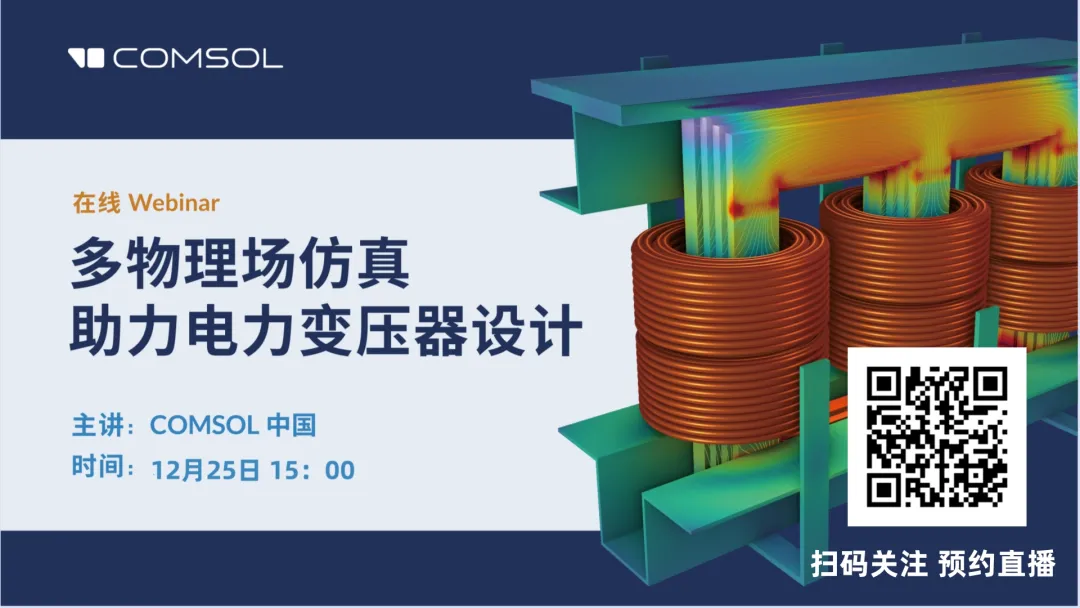

In engineering, the RS485 control line is often mentioned. What exactly is it? Today, let’s discuss the applications related to RS485. By delving deeper into RS485, you will find that there is indeed a lot of knowledge involved. We will choose some common issues that need to be considered in weak current systems for everyone’s understanding.
1. What is RS485 Bus
In industrial sites, it is often necessary to collect multi-point data, whether analog signals or switch signals, which generally use the RS485 bus. RS-485 operates in half-duplex mode and supports multi-point data communication. The RS-485 bus network topology typically adopts a terminal-matched bus structure. This means using a single bus to connect various nodes in series, and it does not support ring or star networks.
RS485 does not have a specific physical shape, and the interface used is based on the actual situation of the project. RS485 uses differential signaling with negative logic, where +2V to +6V represents “0” and -6V to -2V represents “1”.
RS485 can be wired in two-wire or four-wire configurations. The four-wire configuration can only achieve point-to-point communication and is rarely used now. The two-wire configuration is more commonly used, allowing a maximum of 32 nodes to be connected on the same bus topology.
The communication distance of the 485 bus can reach 1200 meters. According to the theoretical structure of the 485 bus, under ideal conditions, the transmission distance can reach 1200 meters. This requires high-quality communication cables, a baud rate of 9600, and only one 485 device connected to achieve this distance. Therefore, the actual stable communication distance of the 485 bus often does not reach 1200 meters. If there are multiple 485 devices connected, if the cable impedance does not meet standards, the wire diameter is too thin, the quality of the converter is poor, complex lightning protection is involved, or if the baud rate is increased, among other factors, the communication distance will be reduced.
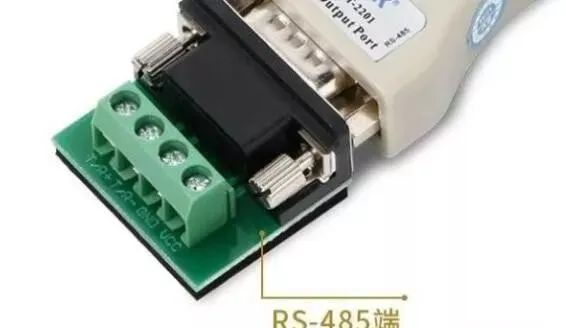
2. RS485 Cables
In general cases, ordinary twisted pair cables can be used. In higher requirement environments, shielded coaxial cables can be used. When using the RS485 interface, the maximum cable length allowed for data signal transmission from the RS485 interface to the load is inversely proportional to the baud rate of the signal transmission. This length is mainly affected by signal distortion and noise.
Theoretically, the maximum transmission distance of RS485 can reach 1200 meters, but in practical applications, the transmission distance is usually shorter, depending on the surrounding environment. During transmission, repeaters can be used to amplify the signal, allowing up to eight repeaters, meaning the theoretical maximum transmission distance of RS485 can reach 9.6 kilometers. If long-distance transmission is truly needed, fiber optics can be used as the transmission medium, with an optical-electrical converter added at each end. The transmission distance of multimode fiber is 5-10 kilometers, while single-mode fiber can reach distances of up to 50 kilometers.
3. Installation Precautions for RS485 Wiring
1. What kind of communication cable should be used for the 485 bus? How many devices can be connected on one bus?
It is essential to use RVSP shielded twisted pair cables. The specifications of the shielded twisted pair cable used depend on the distance of the 485 communication line and the number of devices connected, as shown in the table below. Using shielded twisted pair cables helps reduce and eliminate the distributed capacitance generated between the two 485 communication lines and the common-mode interference from the surrounding communication lines.
Some say that the 485 bus can connect 128 devices for communication.
However, not all 485 converters can support 128 devices. It depends on the chip model of the 485 converter and the chip model of the 485 devices. The load capacity can only be determined based on the chip with the lower specification. Generally, there are three levels of load capacity for 485 chips—32 devices, 128 devices, and 256 devices. Moreover, the nominal values are often not achievable in practice. The longer the communication distance, the higher the baud rate, the thinner the wire diameter, the poorer the wire quality, the worse the converter quality, and the stronger the lightning protection, all these factors can reduce the actual load capacity.
Most engineering companies are accustomed to using Category 5 or Category 5e cables as 485 communication lines, which is incorrect because:
(1) Ordinary network cables do not have shielding and cannot prevent common-mode interference.
(2) Cables with too thin a diameter should not be used, as this will reduce transmission distance and the number of devices that can be connected, at least 0.4mm² or using standard cables.
(3) Network cables are made of solid copper wires, which are more prone to breakage compared to multi-core wires.
2. Why Grounding is Necessary
485 transceivers can only operate normally when the common-mode voltage is between -7V and +12V. If it exceeds this range, it will affect communication, and in severe cases, it may damage the communication interface. Common-mode interference can increase the above common-mode voltage. One effective method to eliminate common-mode interference is to use the shield layer of the 485 communication line as the ground wire, connecting the ground of devices like computers and other network equipment together, and reliably grounding it.
3. How Should the 485 Communication Line be Laid Out?
The communication line should be kept as far away as possible from high-voltage power lines, fluorescent lights, and other sources of interference. If the communication line cannot be avoided near the power line, it should be perpendicular to the power line, not parallel, and definitely not bundled together. High-quality twisted pair cables should be used for laying the lines.
4. Why Should the 485 Bus Use a Daisy Chain Structure Instead of a Star Structure?
The star structure can produce reflected signals, which can affect 485 communication. The branch line from the bus to each terminal device should be kept as short as possible, generally not exceeding 5 meters. If the branch line does not connect to a terminal, it will have reflected signals that strongly interfere with communication. It should be removed, and it is best to connect a 120Ω terminating resistor at both ends of the RS485 device.
Daisy chain connection as shown:

Star connection as shown:

5. Can There be Junctions Between Devices on the 485 Bus?
In the same network system, using the same type of cable, junctions in the lines should be minimized. Ensure that the junctions are well soldered and tightly wrapped to avoid looseness and oxidation. A single, continuous signal path should be maintained as the bus.
6. What are Common-Mode and Differential-Mode Interference? How to Eliminate Interference on Communication Lines?
The 485 communication line consists of two twisted wires, which transmit signals through the voltage difference between the two communication lines, hence the term differential voltage transmission. Differential-mode interference occurs between the two signal lines and is symmetric interference. To eliminate differential-mode interference, a matching resistor (as in ball cameras) can be added to the circuit, and twisted pairs can be used; common-mode interference occurs between the signal line and ground and is asymmetric interference. Methods to eliminate common-mode interference include:
(1) Using shielded twisted pair cables and effective grounding.
(2) In strong electric fields, consider using galvanized pipe shielding.
(3) During wiring, keep away from high-voltage lines and never bundle high-voltage power lines with signal lines.
(4) Use linear regulated power supplies or high-quality switching power supplies (with ripple interference less than 50mV).
7. When is it Necessary to Add Termination Resistors on the 485 Bus?
Generally, termination resistors are not needed unless the 485 communication distance exceeds 300 meters. Termination resistors should be added at both the starting and ending ends of the 485 communication, especially when there are few devices on the 485 bus. When the number of devices is large (e.g., more than 22), termination resistors are generally not required because they will reduce the load capacity of the 485 bus. The connection method for the 120Ω matching resistor at the ball camera terminal is as follows: The 120Ω matching resistor can be connected by toggling the DIP switch on the camera chassis. By default, the 120Ω matching resistor is not connected at the factory, and it can be connected by switching the 10th position of the DIP switch to ON. Conversely, if the 120Ω matching resistor is not to be connected, set the 10th position to OFF.
8. Common Issues in Practical Applications
In practical construction, users often adopt a star connection method. In this case, termination resistors must be connected to the two devices that are farthest apart on the line (as shown in the figure, devices 1# and 15#). However, since this connection method does not comply with RS485 industrial standards, it can easily lead to signal reflections, reduced anti-interference ability, and decreased reliability of control signals when the distances between devices are significant. The symptoms may include the ball camera being completely uncontrollable or operating autonomously without stopping.
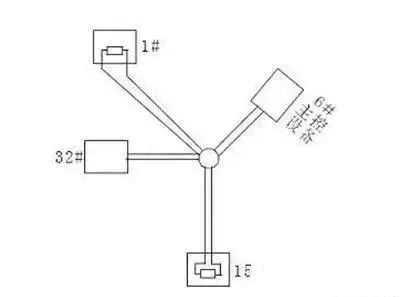
For such situations, it is recommended to use an RS485 distributor. This product can effectively convert star connections into connections that comply with RS485 industrial standards, thereby avoiding issues and improving communication reliability, as shown in the figure below.
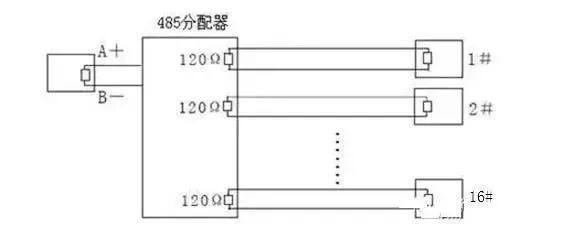
9. Recommended Cables for Maximum Transmission Distance Without Repeaters
(1) Ordinary twisted shielded cable STP-120Ω (for RS485 & CAN) one pair 20 AWG, with an outer diameter of about 7.7mm. Suitable for indoor, piping, and general industrial environments. When using, one end of the shield layer must be grounded!
(2) Ordinary twisted shielded cable STP-120Ω (for RS485 & CAN) one pair 18 AWG, with an outer diameter of about 8.2mm. Suitable for indoor, piping, and general industrial environments. When using, one end of the shield layer must be grounded!
(3) Armored twisted shielded cable ASTP-120Ω (for RS485 & CAN) one pair 18 AWG, with an outer diameter of about 12.3mm. Can be used in environments with severe interference, frequent rodent damage, and requirements for lightning and explosion protection. It is recommended that the armored layer be grounded at both ends, and the innermost shield be grounded at one end.
4. Common Faults and Solutions for RS485
1. How to Prevent Fault Occurrence?
To reduce communication faults, the following suggestions are proposed.
1. It is recommended that users use and purchase 485 converters provided by the manufacturer or brands recommended by the manufacturer.
2. Manufacturers will conduct extensive testing on the 485 converters compatible with their products and require the 485 converter manufacturers to produce according to fixed performance parameters and quality testing, ensuring good compatibility with access control equipment. Do not buy cheap converters from obscure manufacturers.
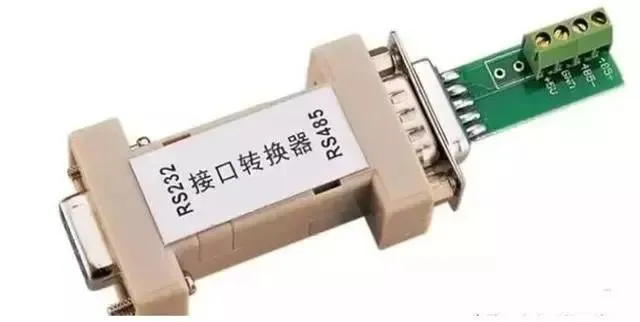
3. Strictly follow the construction specifications for the 485 bus to avoid any careless mistakes.
4. For long lines and many loads in 485 bus projects, use a scientific and reserved solution.
5. If the communication distance is too long, such as exceeding 500 meters, it is recommended to use repeaters or a 485 HUB to resolve the issue.
6. If the number of loads is excessive, such as more than 30 devices on a single bus, it is recommended to use a 485 HUB to solve the problem.
7. When debugging on-site, bring along debugging equipment. It is essential to carry several converters that can handle long distances and multiple loads, a commonly used laptop, a multimeter for testing circuit interruptions, and several 120-ohm termination resistors.
2. What are the Common Communication Faults When Using 485 Bus Structures?
1. No communication, no response.
2. Can upload data but cannot download data.
3. During communication, the system indicates interference, or the communication indicator light keeps flashing even when not communicating.
4. Sometimes can communicate, sometimes cannot; some commands can go through while others cannot.
3. What Debugging Methods are Available When a Fault Occurs?
Before debugging, ensure that the device wiring is correct and that the construction meets specifications. The following debugging methods can be used based on the encountered issues.
1. Common Grounding Method:
Use one wire or shielded wire to connect all 485 devices’ GND together, thus avoiding potential differences that can affect communication between devices.

2. Termination Resistor Method:
Connect a 120-ohm termination resistor across the 485+ and 485- terminals of the last 485 device to improve communication quality.
3. Mid-Section Disconnection Method:
Check for excessive device load, long communication distance, or the impact of a specific device on the entire communication line by disconnecting from the middle.
4. Single Wire Method:
Run a single simple wire to the device to rule out wiring issues causing communication faults.
5. Converter Replacement Method:
Carry several converters to rule out whether converter quality issues are affecting communication quality.
6. Laptop Debugging Method:
First, ensure that the laptop you carry is a functioning communication device. Replace the customer’s computer with it for communication; if it works, it indicates that the customer’s computer’s serial port may be damaged or faulty.
In weak current intelligent engineering, RS485 applications are numerous, most commonly used in access control systems, BA systems, intelligent lighting systems, and parking management systems. As digital networks continue to proliferate, the application of RS485 in weak current systems is decreasing.
『The article and images are sourced from the internet, and the copyright belongs to the original author. If there is any infringement, please contact for removal.』
Source: Internet
Editor: Shi Haijiang
Chief Editor: Zhu Jinfeng
Reviewer: Chang Haibo
Recommended Papers • AI | Discussion on AI Technology Applications in the Construction Field
Expert Opinion • Power System | Preliminary Exploration of Key Technologies for Balancing New Power Systems
Technical Interpretation | Comprehensive! Detailed Explanation of Various Transformer Testing Methods
Industry News | Planning over 210GW! Opportunities in Photovoltaics and More from 31 Local Government Work Reports
Focus on Hot Topics | 2024: Top Ten Current Situations and Four Major Trends in the Energy Storage Industry